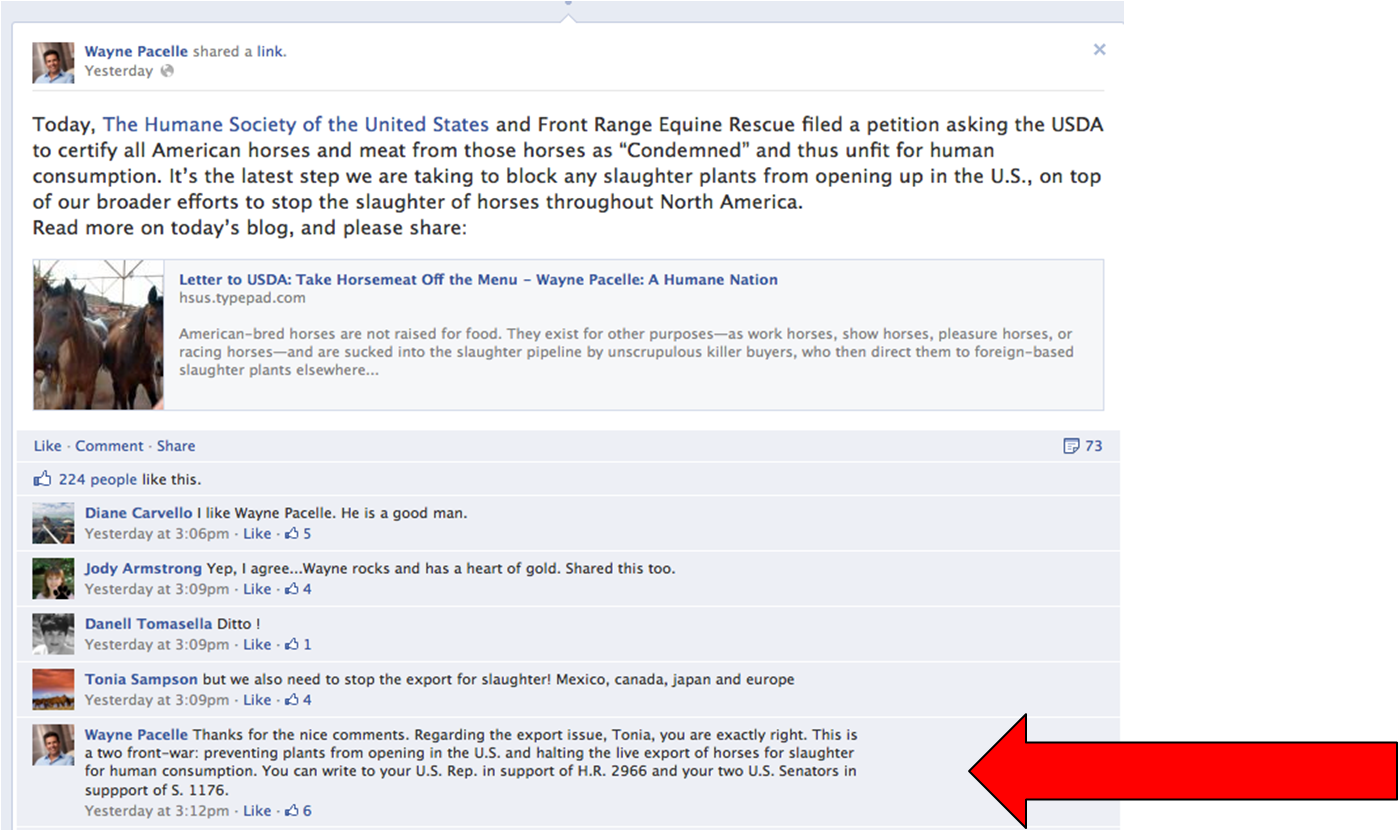 One of the biggest challenges nonprofit Executive Directors face, besides raising money of course, is finding the time to engage with their supporters and community online. I often meet with Executive Directors who are interested in working more transparently and more fully utilizing blogging and social media. However, they find it too daunting to make online engagement a priority with their intense schedules. I get it. As someone who runs a web agency, manages a staff, works with multiple clients all day long, and does business development, I often feel that there are just not enough hours in the day. But as a leader in today's online and networked world 24/7, I have to carve out the time to engage online. Why? Because it’s critical that I foster relationships with my community, listen to their feedback, respond to them, and of course learn from them.
One of the biggest challenges nonprofit Executive Directors face, besides raising money of course, is finding the time to engage with their supporters and community online. I often meet with Executive Directors who are interested in working more transparently and more fully utilizing blogging and social media. However, they find it too daunting to make online engagement a priority with their intense schedules. I get it. As someone who runs a web agency, manages a staff, works with multiple clients all day long, and does business development, I often feel that there are just not enough hours in the day. But as a leader in today's online and networked world 24/7, I have to carve out the time to engage online. Why? Because it’s critical that I foster relationships with my community, listen to their feedback, respond to them, and of course learn from them.
As Executive Directors who have a 30,000-foot view of the organization’s key work and signature programs, it’s important that they make time and seize opportunities to cultivate their organization’s community. Online engagement is the method that constituents (and I don’t mean board members and major donors) tend to prefer when interacting with leadership online. If you’re an Executive Director just starting to build your online presence, here’s some tips I recently shared in a presentation.
- Identify the issues you are most passionate about within the organization. The issues that move you are the ones you will get excited to talk about online on channels such as Twitter, Facebook or even via a blog post.
- Foster real discussion. Once you identify the issues that you are most passionate about, pick a couple
of online channels to actually start having conversations with your community. This will help you break out of the habit of just broadcasting links to your latest articles, speeches, etc. While it’s fine to share links with your community, the majority of your communications online should be focused on fostering conversation and building relationships. Links don’t build relationships.
 HSUS President Wayne Pacelle responding to constituent on Facebook.
HSUS President Wayne Pacelle responding to constituent on Facebook.
- 3. Repurpose your content for online channels. Many Executive Directors do a lot of public speaking and write Op-Eds or guest news articles, so they already have a great repository on hand. This type of content can easily be adapted to blog posts, but make sure it’s changed to be shorter and use more of an informal tone. Also, some of the more thought-provoking content could be tweeted or posted to Facebook in small nuggets. This is a great way to entice your community and then link to the full Op-Ed or video of the speech on YouTube for people to check out.
- 4. Use online channels for rapid response. I’m not going to mince words here. When things heat up at your organization, or rather blow up, the first place your community is going to look is online. They will immediately visit your organization’s website, blog, Facebook page, and Twitter to hear what you have to say. They are also going to look for leadership’s responses. As the leader of your organization, you must be prepared to respond ASAP – even if you don’t have all the answers. Let your community know that you are assessing the issue and that you are listening to their concerns and feedback. And continue to check in with them. Don’t go dark.
- Remember when the Susan G. Komen Foundation angered their community by not responding for 24 hours to the decision to de-fund Planned Parenthood? It cost Komen a huge amount of money and irreparable relationships with donors. The ordeal damaged their organization’s reputation so much that they had to spend a considerable amount of money hiring a consulting firm who specialized in reputation management to help clean up the mess.
- 5. An easy and effective way to engage your community using Facebook, Twitter or via your blog is to ask your community questions. This sends a signal to your community that you value their opinions on issues your organization is working on, or current news that relates to your mission. You can ask questions through Facebook polls, which allows people to vote and share comments. Blog posts can also be framed around a specific issue and where you pose a question to your community. Thecommunity then responds in the comments. You can engage in some great back and fourth conversation.



COMMENTS